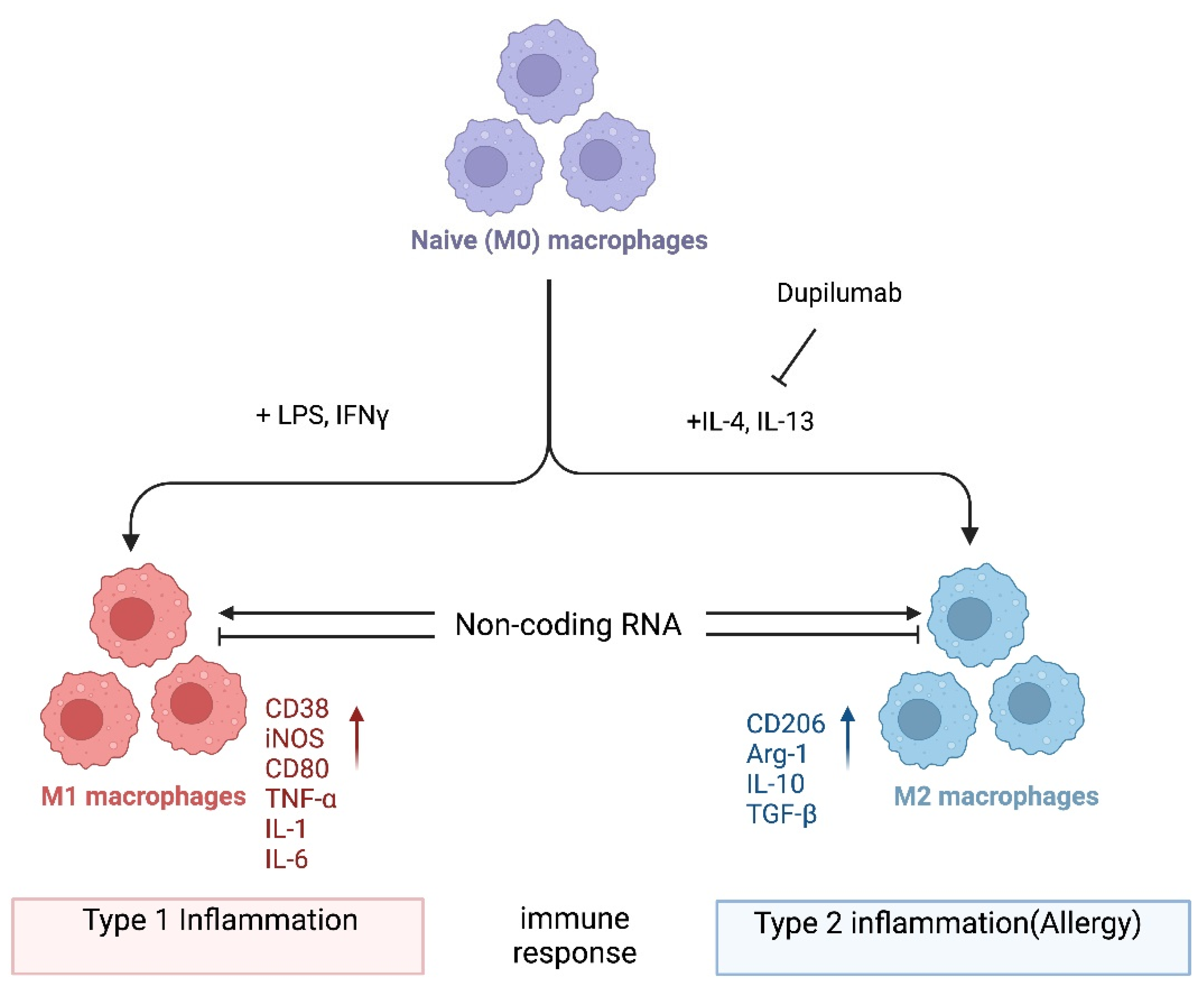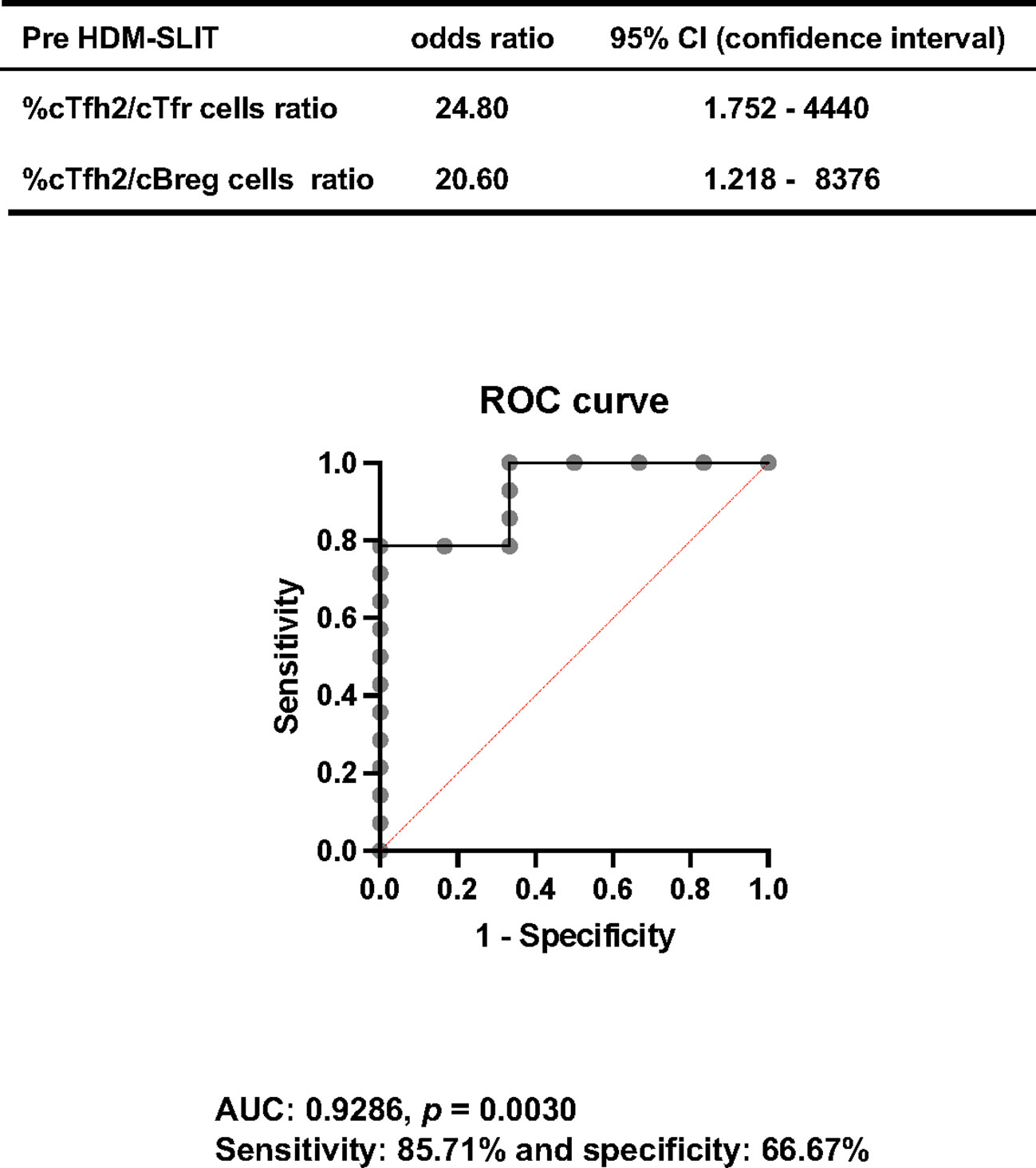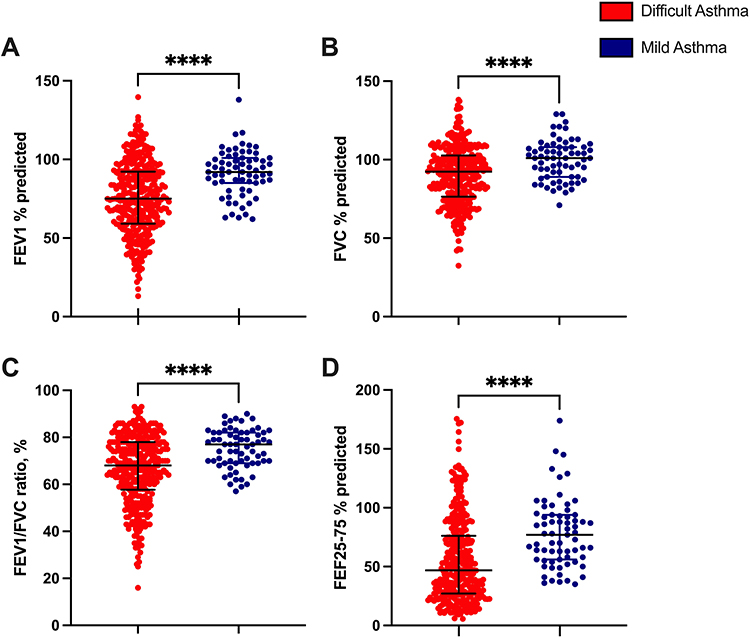Starr CE, Nichols KK, Lang JR, Brady TC. Clin Ophthalmol. 2023 Dec 13;17:3867-3875. doi: 10.2147/OPTH.S441009.
Abstract
Purpose
There is an unmet need for new treatments for allergic conjunctivitis.
Objective
To assess the activity of reproxalap, a novel reactive aldehyde species modulator, in a real-world model of seasonal allergen exposure.
Methods
The INVIGORATE Trial, a prospective, quadruple-masked, vehicle-controlled, crossover, sequence-randomized Phase 3 trial, tested the efficacy of reproxalap in adults with a history of moderate to severe allergic conjunctivitis, ragweed pollen allergy, and allergen chamber-induced ocular itching and redness. Patients were randomly assigned (1:1) to receive 0.25% reproxalap ophthalmic solution or vehicle, followed by a 2-week washout period before crossing over to the other test article.









